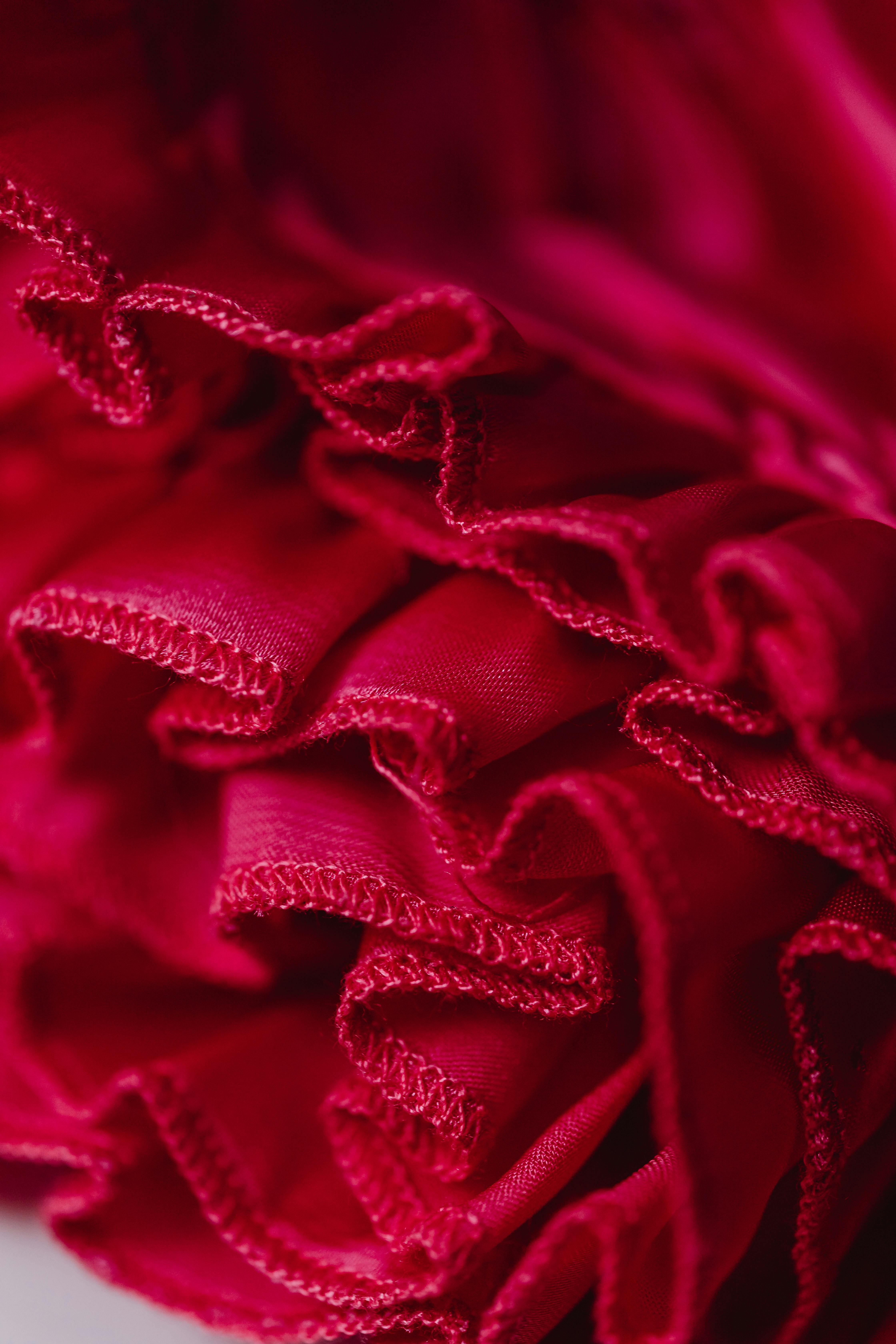
Essential Guide to Properly Using Drywall Anchors
When it comes to home improvement projects, knowing how to use drywall anchors effectively is crucial for ensuring your wall-mounted items remain secure. Drywall is a common material in many homes, allowing for beautiful aesthetics, but it can be tricky to work with when you want to hang heavier items like shelves, mirrors, or TVs. This guide will cover the various drywall anchor types, correct installation techniques, and vital tips to ensure you achieve a solid and safe mounting for any wall fixture.
Drywall anchors come in various designs and weight ratings, providing support for different items you might want to mount. Knowing how to choose the right drywall anchor screws, spacing them correctly, and understanding their weight limits for drywall anchors will save you from the frustration of a fallen shelf or an unstable TV mount. By the end of this article, you’ll have all the knowledge needed to tackle your next mounting project confidently.
This article will guide you through the different types of anchors available, provide installation tips, and even delve into common mistakes to avoid. Let’s get started with understanding the essential types of drywall anchors you’ll encounter.
Understanding the Different Types of Drywall Anchors
Building a strong foundation starts with understanding your options. There are several types of drywall anchors, each suited for different tasks:
Heavy-Duty Drywall Anchors
When you need to hang heavier objects, such as large shelves or flat-screen TVs, heavy-duty drywall anchors are your best choice. These anchors can support a significant amount of weight and often require a larger hole for installation. Common examples include toggle bolt anchors and metal expansion anchors.
Plastic Drywall Anchors
For lighter items, such as picture frames or small shelves, plastic drywall anchors are a go-to option. They’re easy to install and typically do not require special tools. These anchors expand behind the drywall when you insert the screw, creating a secure hold.
Toggle Bolt Anchors
Toggle bolt anchors are among the strongest options available. They feature a metal wing mechanism that spreads out behind the drywall, distributing the weight evenly. This makes them ideal for hanging heavy items. However, they require larger holes for installation, which may not be suitable for every project.
Having the right drywall anchors for heavy items is crucial. Choosing correctly prevents damage to your walls and keeps your decorations or functional items safe.
Moving on from the types of anchors, let’s explore the installation of drywall anchors to ensure you get it right every time.
Step-by-Step Process for Installing Drywall Anchors
Successfully using anchors begins with proper installation. Regardless of which type you choose, here are essential drywall anchor installation tips to follow:
Choosing the Right Tools
Having the right tools at hand can make all the difference. Most installations will require a drill, a screwdriver, and a level. If you're using toggle bolts, a larger drill bit is necessary. Always check the package instructions for specific tool requirements.
Proper Drywall Anchor Depth
Insert your anchors to the correct depth to ensure they hold properly. The anchor should be flush with the wall surface, as sticking out can lead to instability. Follow package instructions to determine the necessary depth for your specific anchor type.
Drywall Anchor Spacing
For multiple anchors, spacing is critical. A general rule of thumb is to keep at least 12 inches between anchors, but this can vary depending on the weight of the item you are mounting. Proper spacing helps distribute weight evenly, preventing wall damage.
Secure Drywall Anchors
When installing anchors, make sure they are seated properly within the wall. If they feel loose when you insert the screws, they may not be secured adequately. Consider using a hammer to tap plastic anchors slightly if they feel wobbly.
Now that you grasp the basic installation process, understanding common drywall anchor mistakes will further enhance your mounting skills.
Avoiding Common Drywall Anchor Mistakes
Even seasoned DIYers can overlook details when using drywall anchors. Here are several mistakes to avoid:
Overloading Anchors
Every anchor has a specific weight limit. Exceeding these limits can cause the anchor to pull out or fail. Always check the anchor’s packaging for weight specifications, especially when hanging heavy items.
Incorrect Anchor Type
Using the wrong type of anchor for your project is a common pitfall. For instance, using plastic anchors for heavy wall-mounted shelves can lead to disaster. Always select an anchor that matches the weight and type of fixture you’re mounting.
Improper Depth and Spacing
As mentioned, ensuring correct depth and spacing of anchors is vital. Improperly spaced anchors can result in excess stress on drywall, leading to sagging or failure under load.
To further enhance your understanding, let’s look at drywall anchor tools you can utilize for successful installations.
Essential Tools for Installing Drywall Anchors
Having the right tools can make anchor installation a breeze. Here’s a look at what you’ll need:
Basic Drywall Tools
Invest in quality tools to make your projects more efficient. Essential tools include a cordless drill, a level, and a measuring tape. These help you make precise measurements and ensure everything looks streamlined.
Screwdrivers for Anchors
Depending on the type of anchor, using the right screwdriver is critical. Some anchors may require specific types of screw heads, so check compatibility before starting your project.
Specialized Installation Kits
For frequent users, consider investing in specialized drywall anchor kits or sets that include a variety of anchor styles and the required tools for installation. Kits often contain anchors of differing sizes, giving you flexibility for multiple projects.
Equipping yourself with the right tools ensures all your anchor projects are smooth and efficient. Now, let's address the weight capacity for drywall anchors and how to determine what your wall can handle.
Assessing Weight Capacity for Drywall Anchors
Understanding how much weight your drywall can support is crucial when planning your project. Here's how to assess weight limits effectively:
Calculating Wall Weight Capacity
The weight capacity of drywall anchors depends on various factors, including the anchor type and the condition of the wall. Generally, a simple calculation involves knowing the anchor rating and the number of anchors used. For example, if an anchor supports 25 pounds, using four could theoretically support 100 pounds, but it’s wise to avoid overloading.
Impact of Drywall Thickness
Different wall thicknesses impact the strength of your anchors. Standard half-inch drywall can handle less weight than thicker varieties. Be sure to consider the drywall thickness when planning your anchor installations.
Using Anchors in Various Situations
Some projects may not use standard drywall. For example, using drywall anchors in concrete walls requires specific types of anchors. Research the best options based on your particular wall material.
With this understanding, you can make informed decisions about which anchors to use and how much weight to expect from them. To maximize efficiency, let's explore tips for using drywall anchors effectively.
Tips for Using Drywall Anchors Effectively
Utilizing drywall anchors effectively can simplify your DIY projects greatly. Here are some tips:
Plan Anchor Placement Strategically
Before beginning installation, plan your anchor placement. Ensure they align with the fixtures you wish to hang and follow spacing guidelines to avoid overloading. Taking the time to plan can save you significant hassle in the long run.
Practice Drilling Techniques
Getting comfortable with your drilling techniques can enhance your results. Ensure your drill bits are sharp, and practice maintaining a steady hand. Incorrect drilling can lead to misaligned anchors and difficulty inserting screws.
Consider the Environment
When applying drywall anchors in rooms that experience temperature or humidity fluctuations, such as bathrooms or kitchens, consider choosing anchors resistant to such impacts. This will ensure long-term durability for your fixtures.
Following these practical tips will ensure achieving secure mounts every time. Let’s move on to our final section and answer some common questions about drywall anchors.
Common Questions About Drywall Anchors
How do I remove drywall anchors after installation?
To remove drywall anchors, gently unscrew until they loosen. For plastic anchors, you may need to pull them out using a pair of pliers. If they are stuck, drilling them out may be necessary.
What are the best drywall anchors for hanging mirrors?
For mirrors, it’s best to use heavy-duty toggles or metal expansion anchors, as mirrors can be quite heavy and require anchors that can maintain their weight over time.
Can drywall anchors be reused?
Generally, drywall anchors are not designed to be reused. Attempting to do so may compromise their holding strength. It’s advisable to install new anchors for any new projects.
Understanding these common queries helps simplify your DIY projects while ensuring safe and secure installations. With this knowledge, you're well-equipped to tackle any drywall anchor challenge. Don’t forget to check out your available resources, such as product guides and tutorials, for additional support.

